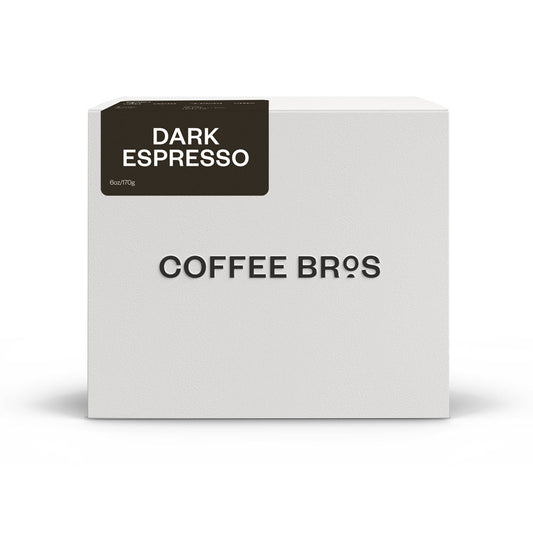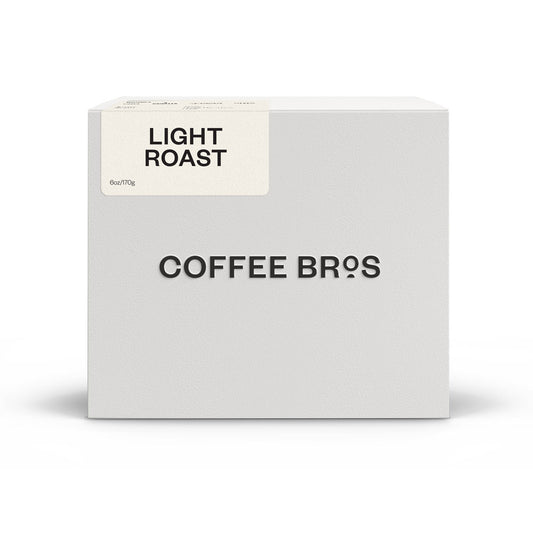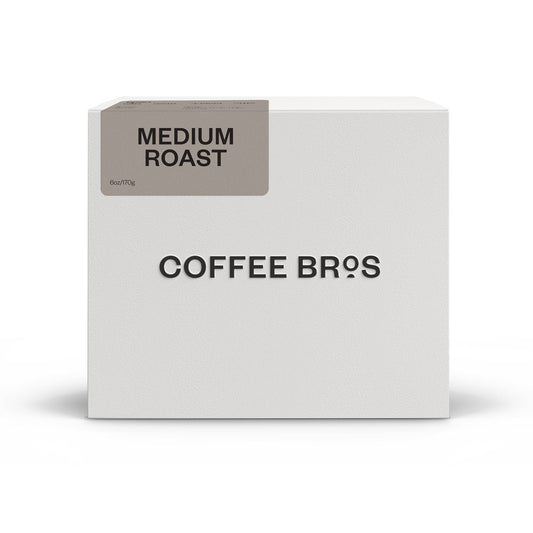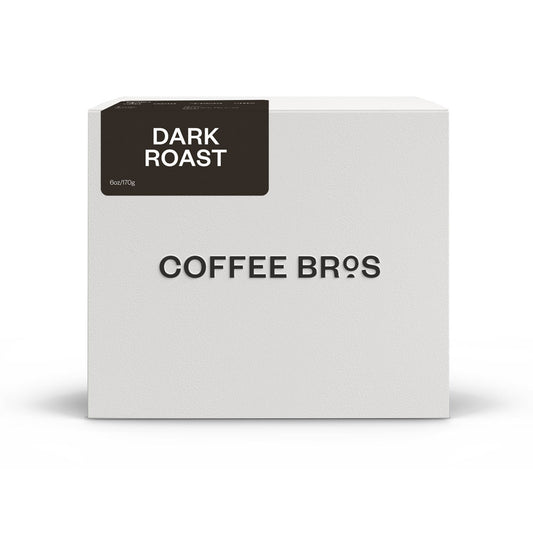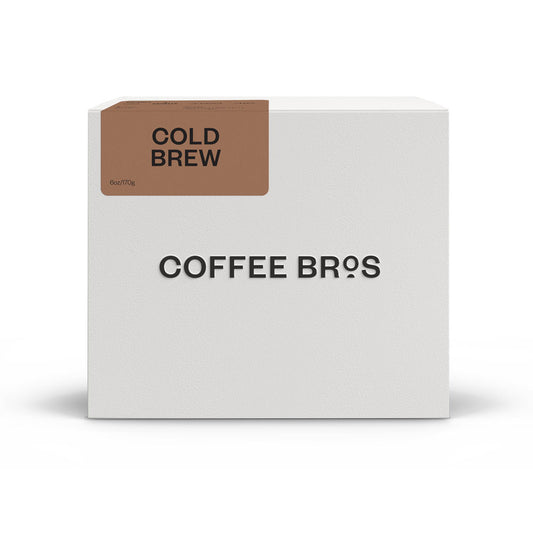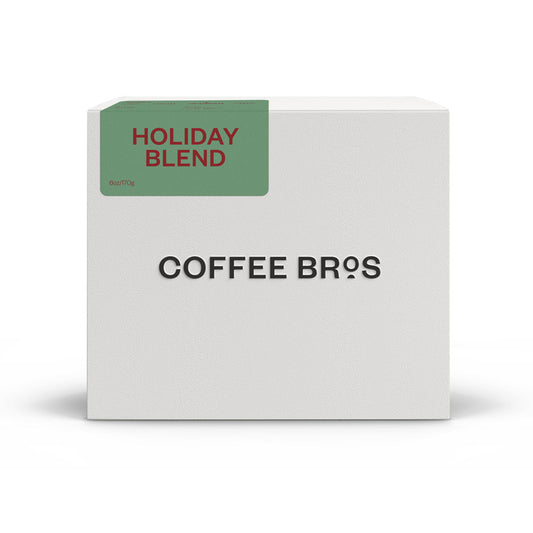Collection: Signature Blends
Our Signature Blend coffees showcase unique flavor profiles that shine acro... ss any brewing method. Our Signature Blends Light, Medium, Dark, and Espresso roast coffees that display complex taste notes, from fragrant and aromatic to the bold and rich.
Show more >-
Best Seller
Espresso Roast Coffee
A balanced and naturally sweet espresso - great for straight espresso or smaller milk-based drinks
A balanced and naturally sweet espresso - great...
Regular price From $10.29Regular priceUnit price / per -
Best Seller
Dark Espresso Roast Coffee
A bold and far from bitter espresso, chocolatey, heavy body, and perfect for milk-based drinks
A bold and far from bitter espresso, chocolatey...
Regular price From $9.79Regular priceUnit price / per -
Light Roast Coffee
An extremely sweet and delicate coffee with bright citrus notes
An extremely sweet and delicate coffee with bri...
Regular price From $10.29Regular priceUnit price / per -
Medium Roast Coffee
For those who enjoy the traditional chocolate, nutty, but with a bit of red fruit sweetness
For those who enjoy the traditional chocolate, ...
Regular price From $9.79Regular priceUnit price / per -
Dark Roast Coffee
A traditional-tasting dark roast but roasted slightly lighter to better highlight terroir
A traditional-tasting dark roast but roasted sl...
Regular price From $9.79Regular priceUnit price / per -
Cold Brew Coffee Blend
A blend of coffees from Ethiopia and Brazil for the perfect chocolatey, sweet cold brew
A blend of coffees from Ethiopia and Brazil for...
Regular price From $8.75Regular priceUnit price / per -
Holiday Blend Coffee | Costa Rica, Colombia | Natural
A seasonal holiday blend from all-star producers Las Lajas and La Esperanza
A seasonal holiday blend from all-star producer...
Regular price From $13.40Regular priceUnit price / per
Collections
-
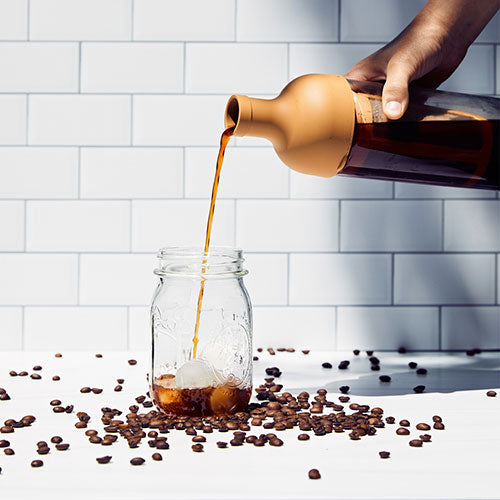
All Coffee
Experience the best specialty coffee with our selection of Signature Series, Single-origin,...
-
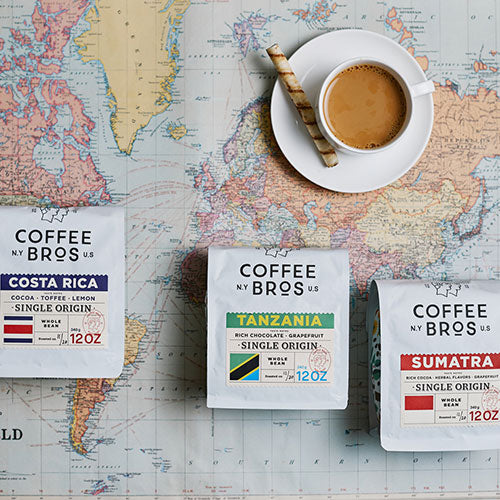
Single Origin
All of our single-origin coffees in this collection are 86+ point coffees...
-
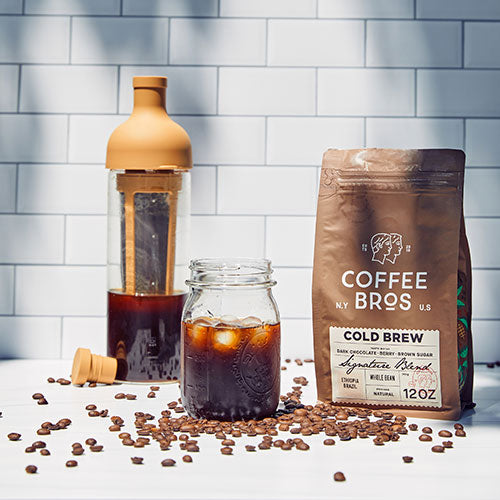
Signature Blends
Our Signature Blend coffees showcase unique flavor profiles that shine across any...
Coffee Questions
What are Coffee Blends?
Single-origin coffee is sourced from a single location (country, region, city), while blends can be made of a combination of origins or different producers from the same origin.
Blends allow coffee roasters to create something unique; think of their own signature recipe that no one else on the market has.
Coffee Blends allow coffee roasters to offer a consistent product throughout the year (like a House Blend). Blends allow roasters to rotate coffees in and out throughout the year to help with freshness and consistency, while Single-origin coffees are typically offered seasonally.
Coffee Blends vs. Single Origin Coffees
Single-origin coffee is sourced from a single location (country, region, city), while blends can be made of a combination of origins or different producers from the same origin.
Coffee roasters create blends for several reasons:
1. Blends allow coffee roasters to create something unique; think of their own signature recipe that no one else on the market has.
2. Coffee Blends allow coffee roasters to offer a consistent product throughout the year (like a House Blend). Blends allow roasters to rotate coffees in and out throughout the year to help with freshness and consistency, while Single-origin coffees are typically offered seasonally.
3. Finally, coffee blends help coffee roasters manage costs during a constantly changing c market. Coffee blends can help offset costs by using a slightly lower costs product with a higher-end, higher-scoring coffee.
The difference between Light, Medium, and Dark roasts
The difference between light, medium, or dark roasted coffees
goes deeper than their appearance in color and touches on their depth of roast (development) and intended taste notes.
We define coffee not only by the color but how far along in the roasting development process we take a coffee. We also "cup" or sample our coffees to ensure they hit on certain flavor profiles to hit on that a perceived roast color flavor.
All-in-all, color is an excellent initial determining factor for what a coffee might taste like and give consumer hints on what to expect in their brewed cup.
Arabica vs Robusta Coffee
Coffee stems from two main species of plants: C. arabica and C. canephora (often referred to as Robusta). The species of plants are further broken down into subspecies or varietals. Arabica fulfills around 60% of global coffee production, while Robusta makes up the remaining 40%.
With over 120 individual species, many of the highly sought-after coffees are of the Arabica varietal due to its higher cup quality, delicate taste notes, and fruit-like aromas compared to its Robusta counterpart. Some notable Arabica varietals include Gesha, SL34/35, and Ethiopia Heirloom.
In addition to higher caffeine content, Robusa offers a more, earthy taste and is often described as bitter dark chocolate with a nutty aftertaste. Because of these characteristics, many espresso roasts, blends, and dark roasts highlight their inclusion of Robusta beans.
What are Coffee Processing Methods?
The process of the coffee (Natural, Washed, Honeyed, etc.) loosely defines how the coffee was processed post-harvest. The post-harvest process has a great deal of impact on potential taste attributes and the quality of the finished product. While great tasting coffee has come from every type of process, you will learn that specific processes may have flavor profiles more in line with your palette.
Additional Reading
- Choosing a selection results in a full page refresh.


